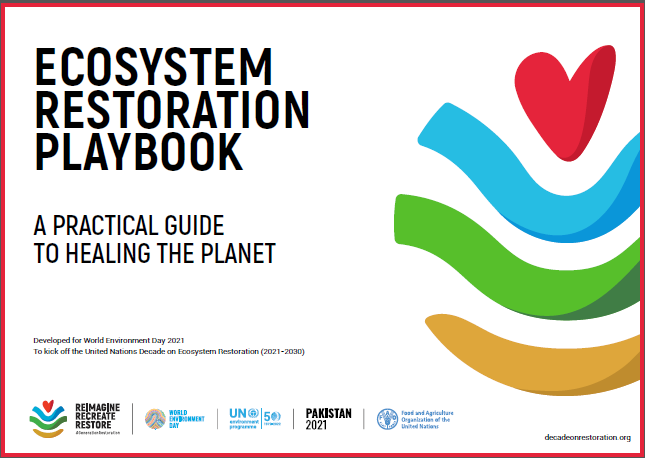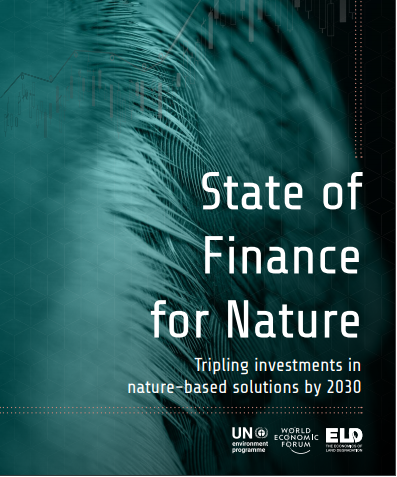 Dr Srikanta K. Panigrahi
Dr Srikanta K. Panigrahi
Director General and Distinguished Research Fellow, IISD
Indian Policy Maker and Technocrat
We are unfortunately, going through a difficult time right now, where we all the Humans, Plant and animal Life forms, had never encountered this kind of time in our history before. In fact, Environment matter does not obey the nation boundaries, for all of us, it’s the Blue Planet is Our Only Home, where we all live in. The Global Temperature is constantly rising today, Being at 1.15 Degree Centigrade then normal temperature , that Our Mother Earth can tolerate; loosing over 30 percent of Our Biodiversity as well as Ecosystems Damage, in addition to, We have also seen the Sea Level Rise, Disrupted Weather, Monsoon Patten, Rainfall Cycle, giving rise to Natural Calamities, impacting Water Quality and Quantity, Spreading of Victor born Diseases like Dengue and Malaria, resulting in drastic reduction in agricultural production, etc; as the adverse impact of the Climate Change, hence the manifestation of Global Warming. In fact, Severe Air and Water Pollution is impacting Our Cities, causing unprecedented breathing problems to all of us and Chocking Mother Earth’s Lungs.
If at all, We continue further as we are going today in Business as well as way, the Global Temperature may ultimately rise to 2 to 6’C by end of this century i.e 2100. Moreover, the way, the extinction of animal species is happening at 1,000 to 10,000 times more then the “natural” rate at the different part of the world: it is apprehended that the planet may lose half of It’s higher life forms also by 2100. Our Ocean’s “Dead Zones” have “doubled in frequency, every 10 years, since the 1960s”, and now affecting over 2,45,000 km2, which is already threatening marine ecosystems. About 10 million tons of plastic wastes enter the oceans every year, challenging our marine life and entering the food chain, as micro-debris; which is likely to grow tenfold by 2025. The Global Footprint Network (GFN), a Think Tank, has shown that humanity lived within our planet’s means only until 1970. In 2015, We were consuming 1.6 Earths. By 2030, this may increase to the consumption of 2 Earths.
The Problem is We are either forgetting that We are here, because of Nature; Nature is our Mother, Many times may be We are thing We are above nature, and exploit it to optimum extend, with a sense of mere negligence and probably carelessness; Just because, air does not shout – Please don’t pollute me, water does not raise alarm for policing, requesting often for not to abuse, or a tree don’t say, don’t cut me, it’s me who is giving you protection. Nature is silently tolerates everything; this is the probably the only reason I find, we have finally arrived in such a kind of situation, This high time, We must restore Our Precious Ecosystems, We must reset Our relation with Nature, which was the theme for this year’s World Environment Day 2021 on June 5th. We will be celebrating a Decade of Ecosystem Restoration now till 31st December 2030, as UNEP has called for.
Form Scientific Research, it’s found that – Carbon dioxide along with Other Green House Gases, Such as Methane, Nitrous Oxide, Per Flouro Carbons, Hydro Flouro Carbons and Sulphur Hexa Fluorides, taps the heat, that produced both in nature and by human activities. Man-made carbon dioxide can come from burning coal, natural gas and oil to produce energy. Biologic carbon dioxide can come from decomposing organic matter, forest fires and other land use changes.
What’s the definition of lungs ?
The lungs are a pair of breathing organs, located in our right and left chest portion of our human body; which remove carbon dioxide (CO2) from and bring oxygen (O) to the blood. Hence, Lungs are very very vital for Our Survival.
How Forests help ? Why Forests can be called as Lungs Of the Earth ?
Plants in a Forest, provide shelter for species of various kinds and absorb as well as store, an enormous amount of carbon dioxide that circulates in the atmosphere, during photosynthesis and release oxygen, back into the atmosphere, just as our Lungs absorb carbon dioxide from the blood and infuse it with oxygen -thus forest is defined as Lungs of the Earth. Today, the forest produces 20% of the oxygen in our planet’s atmosphere. The phytoplankton in so called Ocean Forests, accounts for at least half of the world’s oxygen, hence also play a key role. Forests help stabilise the climate. They regulate ecosystems, protect biodiversity, play an integral part in the carbon cycle, support livelihoods, and can help drive sustainable growth.
The world’s tropical forests play an important role in naturally sequestering carbon. As such, environmentalists see preserving and adding to the world’s forest canopy as the best natural means for minimizing the impact of global warming caused by the 5.5 billion tons of carbon dioxide equivalent, generated by Industries or factories and automobiles each year.
India, being a Topical Country, We are blessed with Tropical Forests, which receives a plenty of direct solar radiations from Sun, Where We are blessed with many huge tress species like Banyan Tree, Pipal, Neem and So on having stored and sequestrated huge atmospheric Co2. Here, again in India, We have a single mature deciduous tree generates enough oxygen at least for two to ten people, depending their size and growth.
India is One among 12 Mega Biodiversity Hot Sports Of the Globe, Where We have Rich Himalayan Forests, Right from Kashmir, Ladakh, Himachal Pradesh, Uttarakhand, Sikkim and the entire North Eastern States up to Arunachal Pradesh, In addition to Eastern and Western Ghats and Vindhya Mountains and Aravali Rages in the middle of the Country.
What is Carbon Sequestration ? Why it is important ?
Carbon sequestration is the long-term removal, capture or sequestration of carbon dioxide from the atmosphere to slow or reverse atmospheric CO 2 pollution and to mitigate or reverse climate change. Carbon dioxide is naturally captured from the atmosphere through either biological, chemical, and physical processes. Hence Carbon Sequestration is normally the storage of atmospheric carbon dioxide in vegetation like grasslands and forests, as well as in soils and oceans.
Carbon sequestration is simply the intake and storage of the elementary carbon, Because they soak up the carbon, during the photosynthesis process of trees and plants, that would otherwise rise up and trap heat in the atmosphere, trees and plants are important players in efforts to reduce and remove global warming in a process called climate change mitigation.
Carbon sequestration secures carbon dioxide to prevent it from entering the Earth’s atmosphere. The idea is to stabilize carbon in solid and dissolved forms so that it doesn’t cause the atmosphere to warm. The process shows tremendous promise for reducing the human “carbon footprint.”
Carbon Sink
The main natural carbon sinks are plants, the ocean and soil. Plants grab carbon dioxide from the atmosphere to use in photosynthesis; some of this carbon is transferred to soil as plants die and decompose. The oceans are a major carbon storage system for carbon dioxide.
The ocean, atmosphere, soil and forests are the world’s largest carbon sinks. Protecting these vital ecosystems is essential for tackling climate change and keeping our climate stable. But they’re increasingly under threat. The world’s forests absorb 2.6 billion tonnes of carbon dioxide every year.
Deforestation
When trees are cut down and burned or allowed to rot, their stored carbon is released into the air as carbon dioxide. And this is how Deforestation and forest degradation contribute to global warming.
The Deforestation or Loss of trees and other vegetation can cause climate change, desertification, soil erosion, fewer crops, flooding, increased greenhouse gases in the atmosphere, and a host of problems for indigenous people.
A new study published in Nature estimates the planet has 3.04 trillion trees and approximately 5.3 billion trees are chopped down every year as per 2015 data. Every year from 2011-2015 about 20 million hectares of forest was cut down. Then things started to speed up. Since 2016, an average of 28 million hectares has been cut down every year. That’s just one football field of forest lost every single second around the clock.
Deforestation causes almost as much as harm, as Greenhouse Gas Emissions do. We can help halt it only by the means of Afforestation or creating massive sinks through plantations.
Forest Fires
Global heating is contributing to forest fires, and those fires are stoking further heating: a deadly cycle. Observations over the past twenty years show that the increasing intensity and spread of forest fires in Asia were largely related to rises in temperature and declines in precipitation, in combination with an increasing intensity of land use (IPCC 2007).
Various anthropogenic factors combine to cause uncontrolled fires. Fires of varying intensity and extent can affect thousands of hectares of forest every year, seriously influencing factor on nutrient cycling and functioning of ecosystem. Some forest ecosystems have evolved in response to frequent fires from natural causes, but most are susceptible to the damaging effects of wildfire.
Each year millions of hectares of the world’s forests are lost by fire, resulting in economic losses, environmental damage, and the loss of human life as well as wild flora and fauna. In recent days, Amazon Forest Fire, Australian Bushfires of 2019, Californian Forest Fires as well as many forest fire incidents in Madhya Pradesh and Uttarakhand States Of India, have caused serious concerns.
The Scientists have recorded highest, i.e more than 74,000 forest fires in Brazil in 2019. That’s nearly double 2018’s total of about 40,000 fires. The Forest Survey of India released a report last year, analyzing areas in India prone to fires. Out of the total 7,12,249 square km of forest cover, 1,52,421 square km (21.40 percent) is either highly or extremely fire prone. The forests of Mizoram, Chhattisgarh, Manipur, Odisha and Madhya Pradesh are most vulnerable.
The forests of Uttarakhand have not stopped burning in the last six months. Fires have continued to erupt one after another. The season between winter and monsoon, referred to as the ‘forest fire season’, is now increasing. Climate change and consequently scarce rainfall in the Himalayan regions plays a huge role. Uttarkhand ranked second in the country after Madhya Pradesh in terms of active instances of fire on April 5, 2021 according to the Forest Survey of India. There were 93 active instances of fire in Madhya Pradesh and 71 in Uttarakhand.
India recorded 82,170 forest fire alerts from April 1-14, 2021 nearly double the number reported during the same period past year, according to Global Forest Watch (GFW), an open-source monitoring application. The number of forest fire alerts in April 2021 is also the highest in five years, according to the data. The second-highest was during the corresponding period of 2017.
In India’s Intended Nationally Determined Contributions (INDCs), Which became NDC after being approved at Paris Climate Change Conference in December, 2015, We have committed a Carbon Sink of 2.5 to 3 billion tones of CO2 equivalent through additional forest and tree cover by 2030, in addition to 40% Energy Requirement will come from Non-Fossil Sources and a reduction of GHG Emissions Intensity of its GDP by 20-25% by 2020 and 33-35 % by 2030 from 2005 levels and right now, We are ahead of Our Commitments on date.
The Prime Minister, Shri Narendra Modi informed to the world in one of his keynote addresses, at the UN High-Level Dialogue on Desertification, Land Degradation and Drought on 14th June, 2021 – that in India, We have added, around 3 million hectares of forest cover, over the last 10 years. This has enhanced the combined forest cover to almost one-fourth of the country’s total area, the Prime Minister informed. He also conveyed that India is on track to achieve its national commitment of Land degradation neutrality. “We are also working towards restoring 26 million hectares of degraded land by 2030. This would contribute to India’s commitment to achieve an additional carbon sink of 2.5 to 3 billion tonnes of carbon dioxide equivalent“.
The State of Nature Report of United Nations Environment Program has warned – We are not doing enough to restore Nature, We require an investment of 8.1 trillion dollar by 2050 to restore our ecosystems and there by tackling climate change. We at IISD is carrying Out India Climate Neutral Program (INCP) 2030, with a Partnership of UNEP, where under it’s Trillion Tress Campaigns, We have already planted around 22 million trees in India, along with Carbon Minus India (CMI), an IISD Initiatives and Other 120, State Government Forest Departments and Civil Society Organizations in PAN India by now. Now in July We have Monsoon Season of the year again, Where We have already started Our Massive Plantation Program, Since 26th June 21, Come and Join us in Planting Trees, it will save the Planet, hence save us.
The Author is a Leading Indian Sustainability Thought Leader, Director General and Distinguished Research Fellow, at Indian Institute of Sustainable Development (IISD), New Delhi and deeply engaged in Climate Action Leadership Initiatives of UNFCCC, UNEP and Government of India.
It’s a All India Radio (AIR), New Delhi’s Science Program Talk, broadcasted on the eve of this year’s World Environment Day, 2021.
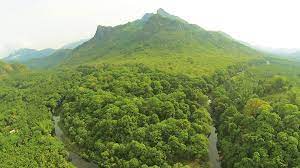
Silent Valley National Park, Kerala, India
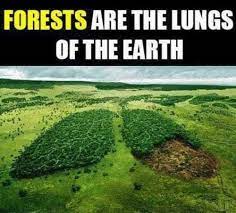
Forests are the Lungs of the Earth
Published on May 14, 2021
J Rajmohan Pillai (BETA GROUP)

Lungs in a Human Body
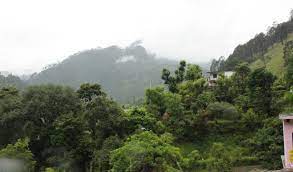
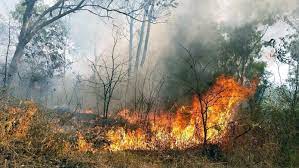
Source: Hindustan Times - APR 04, 2021 12:26 AM IST - Uttarakhand witnessing unprecedented forest fires
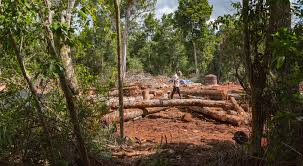
Source: The Nature Conservancy - February 24, 2019 - Cutting Carbon With Greener Chainsaws
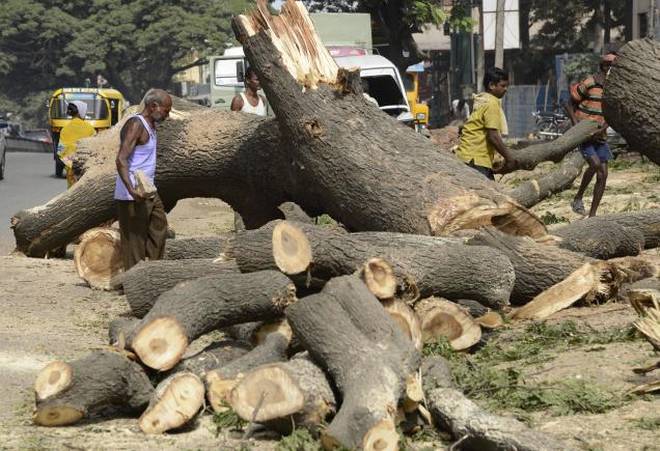
Source: The Hindu - NOVEMBER 25, 2014 13:04 IST, The National Green Tribunal (NGT) found merit in the application filed by Indian Institute of Sustainable Development (IISD), New Delhi, which raised the issue of 'Large scale illegal cutting of trees in Forest areas across the Country'.
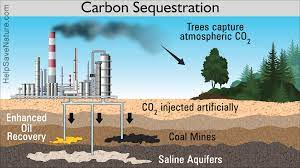
Flow Diagram of Carbon Sequestration
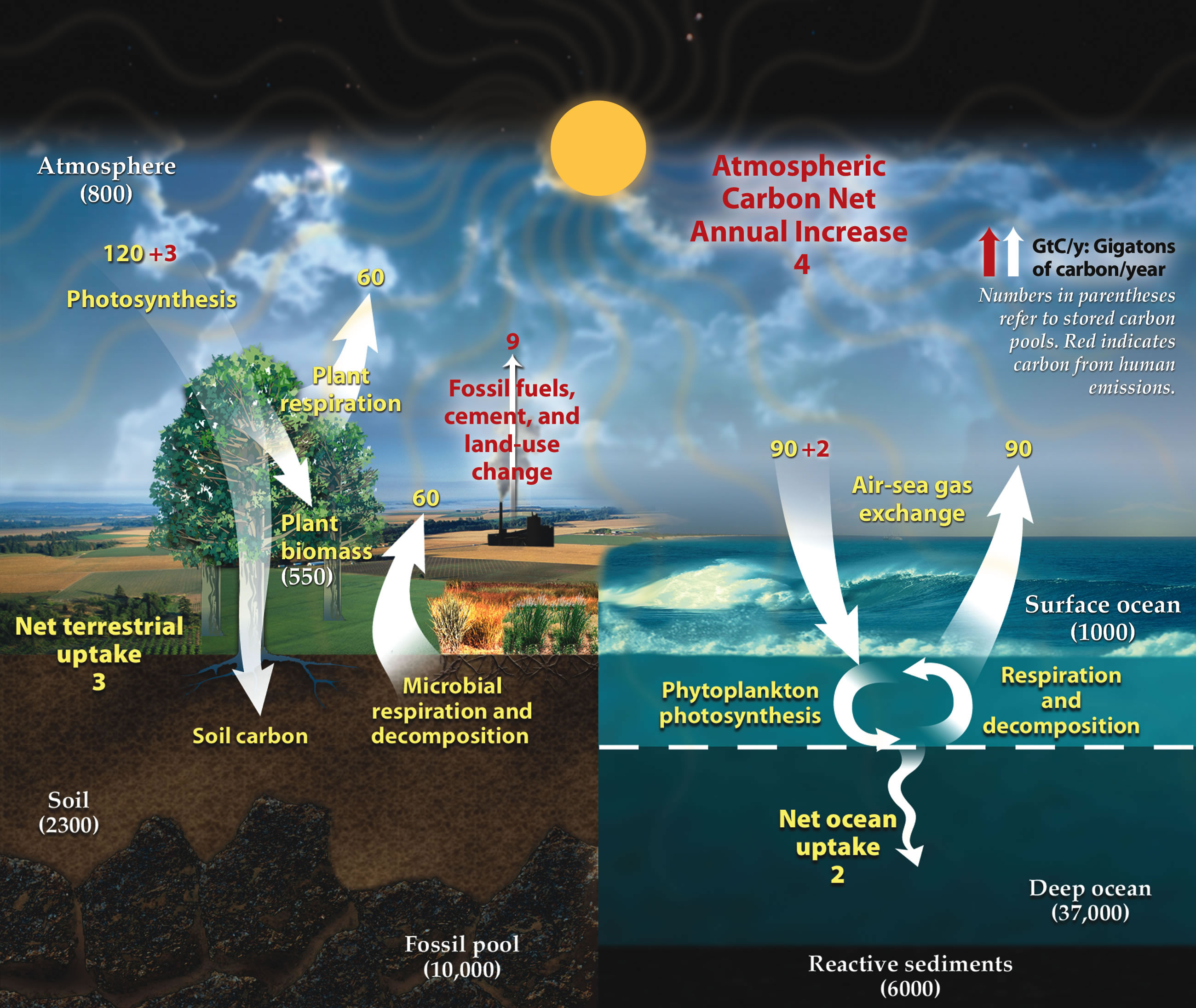
Flow Diagram of Carbon Sink
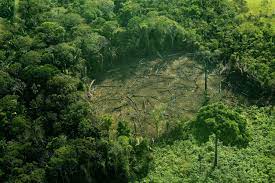
Source: Conflicting Data - OCTOBER 9, 2018: How Fast Is the World Losing its Forests? - Yale E360
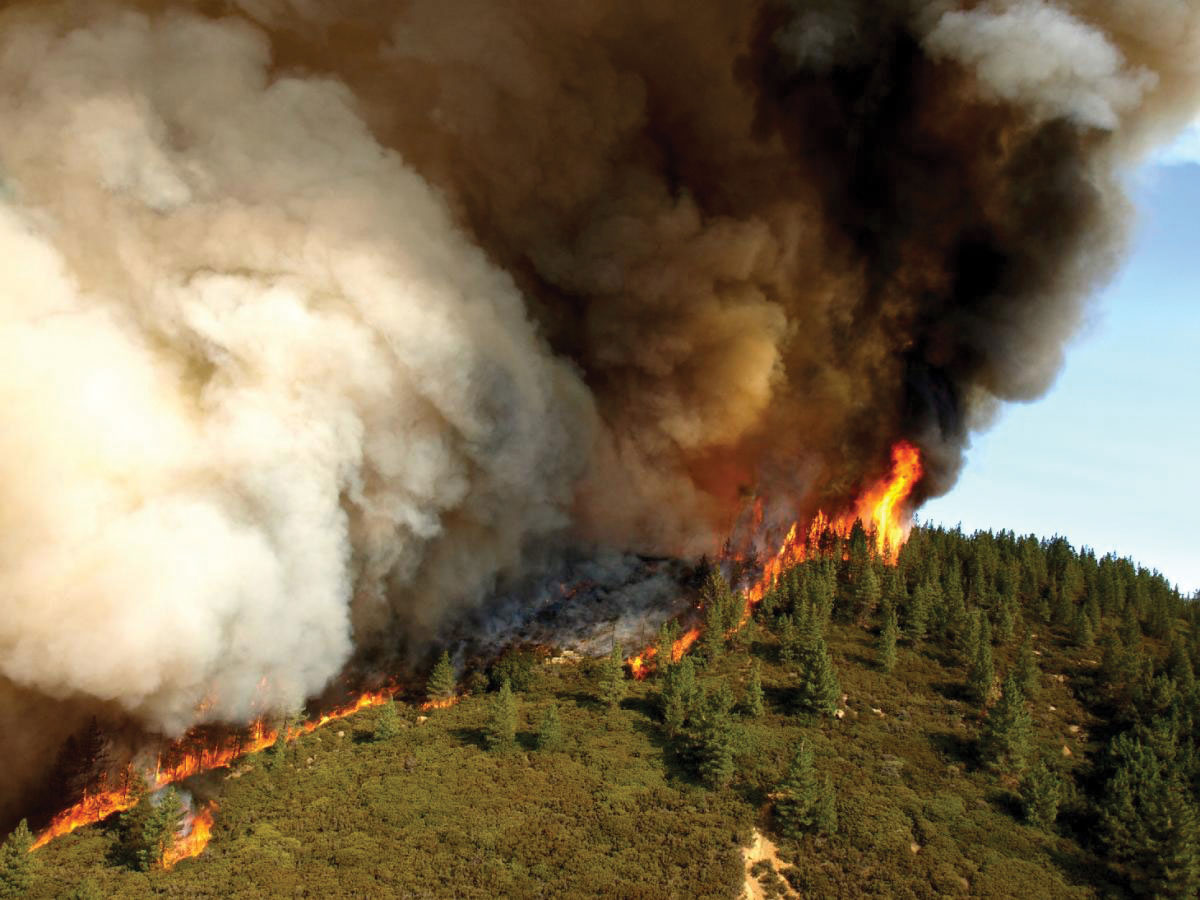
Source: Forest fire | Britannica
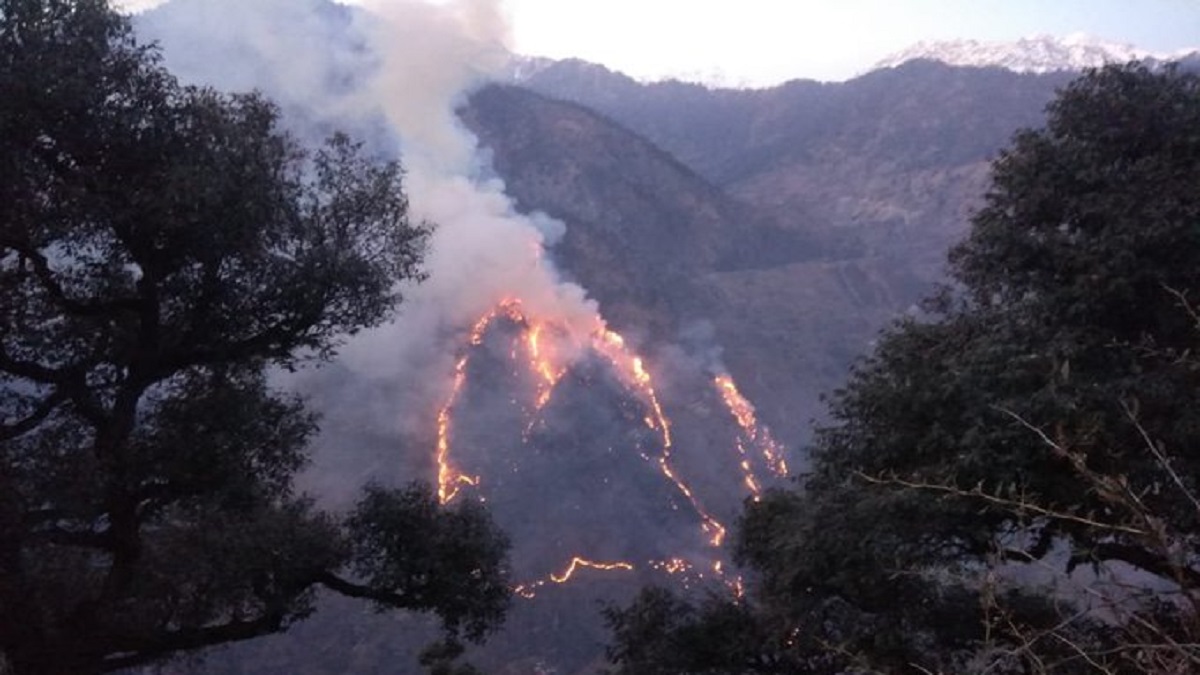
Source: India News - India TV - February 19, 2020 9:55 IST, Forest fire breaks out in Kinnaur, Himachal Pradesh
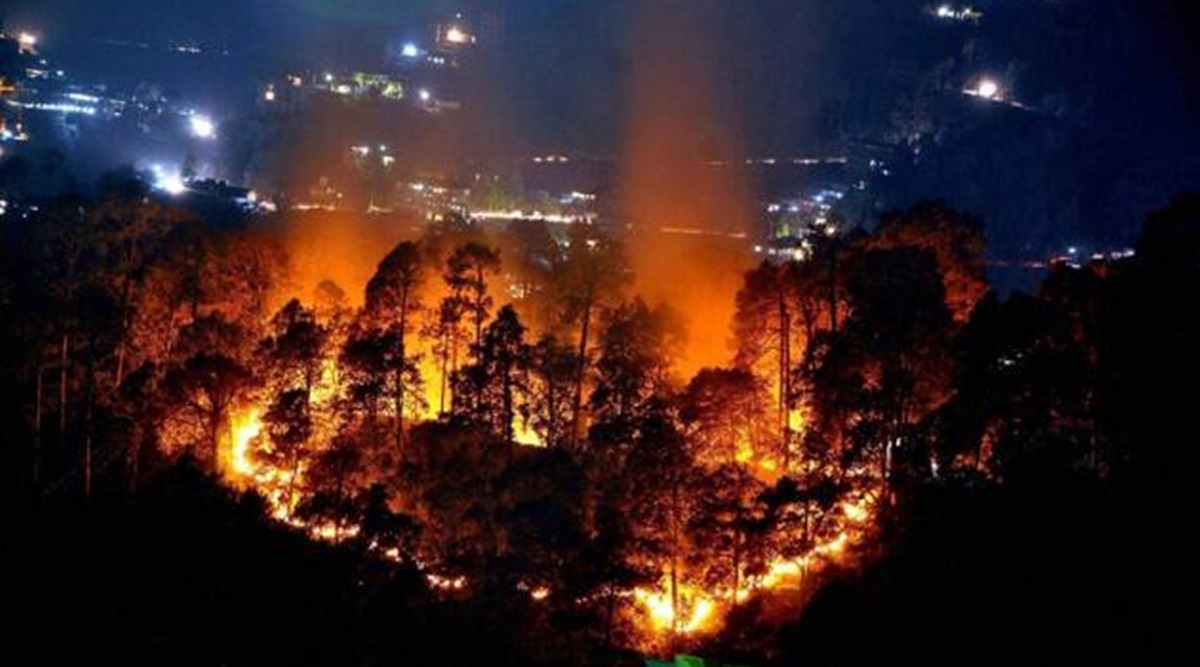
Uttarakhand Forest Fire

MP Forest Fire
Ecosystem Restoration Playbook
State of Finance for Nature - UNEP

